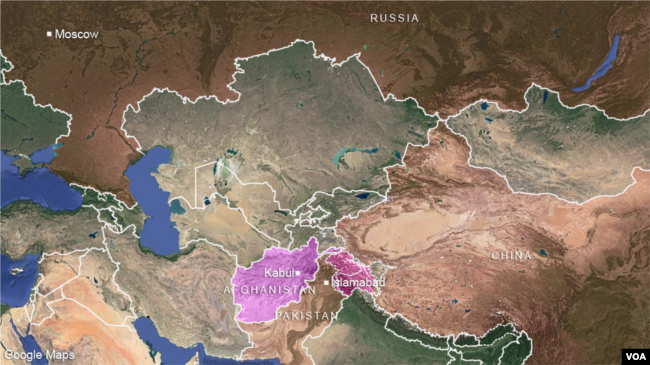Annie
Diamond Member
- Nov 22, 2003
- 50,848
- 4,828
- 1,790
Interesting essay for those interested:
http://billroggio.com/archives/2005/08/the_seven_phase.php
http://billroggio.com/archives/2005/08/the_seven_phase.php
August 15, 2005
The Seven Phases of The Base
By Bill Roggio
With the fourth anniversay of the hot war between al Qaeda and the West approaching, it is interesting to see how al Qaeda's strategy and objectives have evolved since the United States committed to engaging in open warfare.
The Word Unheard points us to an article in Spiegel Online by a Jordanian journalist Fouad Hussein, who is believed to be a reliable source of information on al Qaeda. His main source for this article on al Qaeda strategy is none other than Saif al-Adel, al Qaeda's military commander who is currently operating from Iran.
al Qaeda's purported strategy can be broken down into seven "phases" which span from 2000 until 2020, at which time they believe the global Islamist Caliphate will be established and they will acheive "definitive victory." Here are the phases, which are followed by commentary when appropriate.
The First Phase Known as "the awakening" -- this has already been carried out and was supposed to have lasted from 2000 to 2003, or more precisely from the terrorist attacks of September 11, 2001 in New York and Washington to the fall of Baghdad in 2003. The aim of the attacks of 9/11 was to provoke the US into declaring war on the Islamic world and thereby "awakening" Muslims. "The first phase was judged by the strategists and masterminds behind al-Qaida as very successful," writes Hussein. "The battle field was opened up and the Americans and their allies became a closer and easier target." The terrorist network is also reported as being satisfied that its message can now be heard "everywhere."
al Qaeda can claim some success in the First Phase, as the organization is now the preeminent terrorist organization on the planet. The attacks of September 11 were cheered throughout the Islamic world. The global media disseminates Al Qaeda commander's speeches. Each and every terrorist attack is followed by suspicious of al Qaeda involvement. And the US did indeed bring the war to the Islamic world in Afghanistan and Iraq, however not against Islam itself. But this came at a price, as Islamist Afghanistan and friendly Saddam-governed Iraq were lost.
The Second Phase "Opening Eyes" is, according to Hussein's definition, the period we are now in and should last until 2006. Hussein says the terrorists hope to make the western conspiracy aware of the "Islamic community." Hussein believes this is a phase in which al-Qaida wants an organization to develop into a movement. The network is banking on recruiting young men during this period. Iraq should become the center for all global operations, with an "army" set up there and bases established in other Arabic states.
So far, the Second Phase has been a failure. The Arab and greater Islamic Street has been essentially silent in its support of al Qaeda. The perception that al Qaeda's cause is popular as hundreds of Islamists enter Iraq monthly is overshadowed by the tens of thousands of Islamic fighters who enter Afghanistan during the war with the Soviet Union. al Qaeda has generated new recruits, but not nearly enough to replace the experienced operators and managers that have been lost under the American onslaught in Iraq, Afghanistan and elsewhere.
Winning the Second Phase is important from a ideological standpoint. Defeat in Iraq would seriously harm the credibility of al Qaeda and weaken their mystique. They would possess a losing ideology that could not stand up to the Great Satan. Allah would have abandoned them to the privations of the infidel.
The Third Phase This is described as "Arising and Standing Up" and should last from 2007 to 2010. "There will be a focus on Syria," prophesies Hussein, based on what his sources told him. The fighting cadres are supposedly already prepared and some are in Iraq. Attacks on Turkey and -- even more explosive -- in Israel are predicted. Al-Qaida's masterminds hope that attacks on Israel will help the terrorist group become a recognized organization. The author also believes that countries neighboring Iraq, such as Jordan, are also in danger.
The Fourth Phase Between ...




